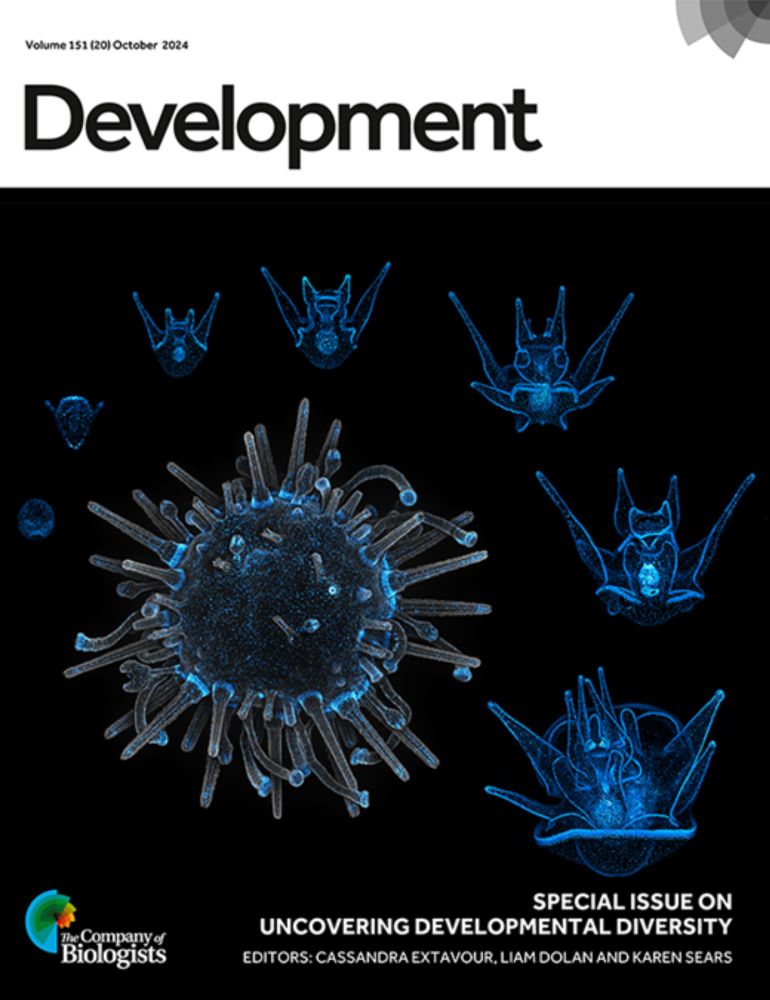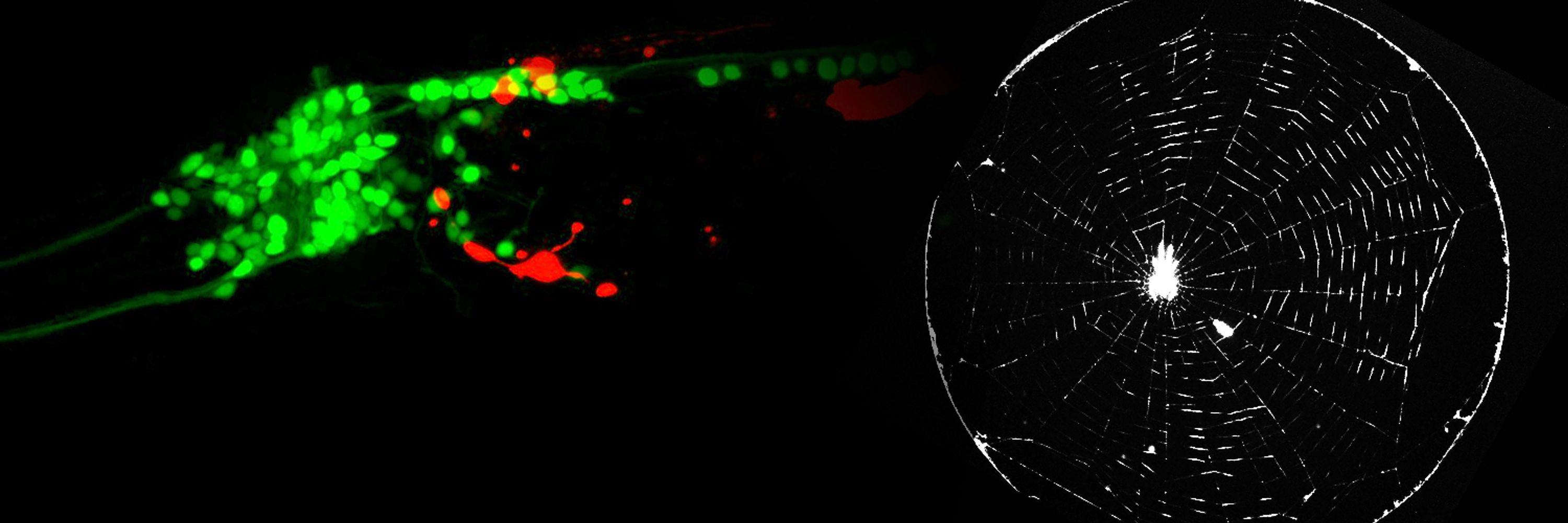
https://gorduslab.bio.jhu.edu/

parkway.eventive.org/schedule/683...
parkway.eventive.org/schedule/683...
www.sciencedirect.com/science/arti...

www.sciencedirect.com/science/arti...

academic.oup.com/jhered/advan...
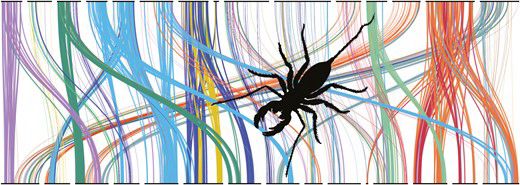
academic.oup.com/jhered/advan...
Olfaction in spiders. We found that the wall pore sensilla in spiders look similar from the outside to those of insects, but differ ultrastructurally in various ways. Independent evolution!
🧪

Olfaction in spiders. We found that the wall pore sensilla in spiders look similar from the outside to those of insects, but differ ultrastructurally in various ways. Independent evolution!
🧪
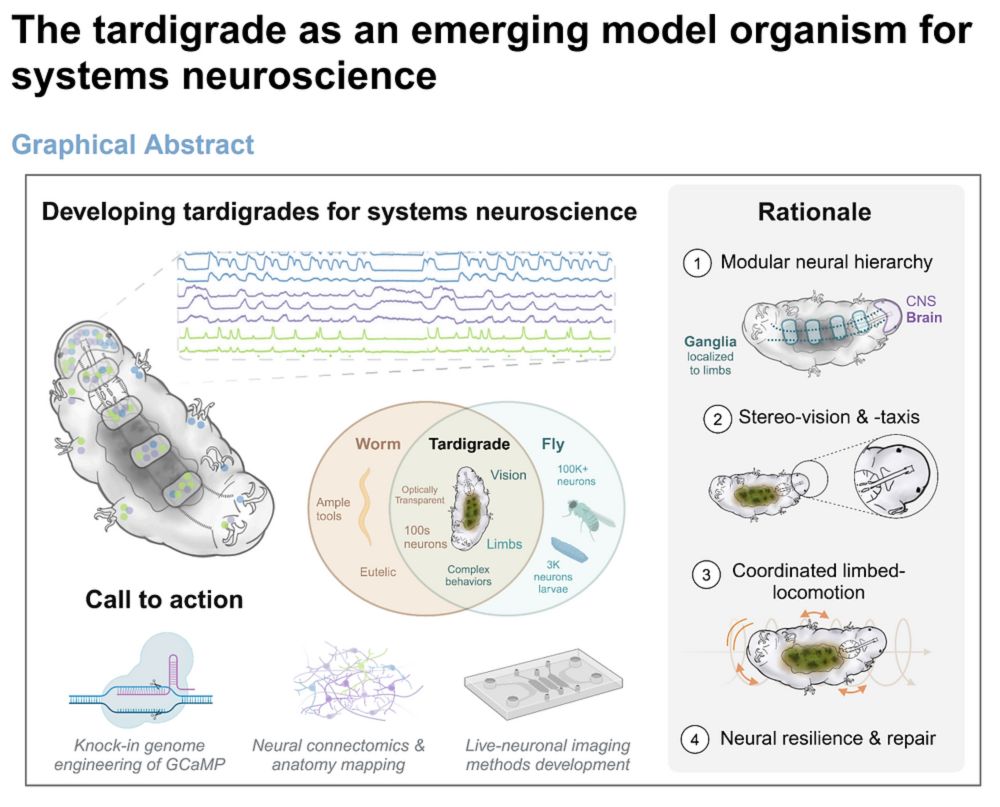
www.pnas.org/doi/10.1073/...
#chemicalecology, #pheromon, #sensoryorgans #spiders,
www.pnas.org/doi/10.1073/...
#chemicalecology, #pheromon, #sensoryorgans #spiders,
Ever wonder how #TADs compare across the tree of life?Look no further & read our Review!!!
Find out what genes & 3D chromatin can & can't do in Bacteria! Archeae! Yeast! Plants! Animals!
SMCs & RNA-Pol are the only thing they have in common
www.nature.com/articles/s41...
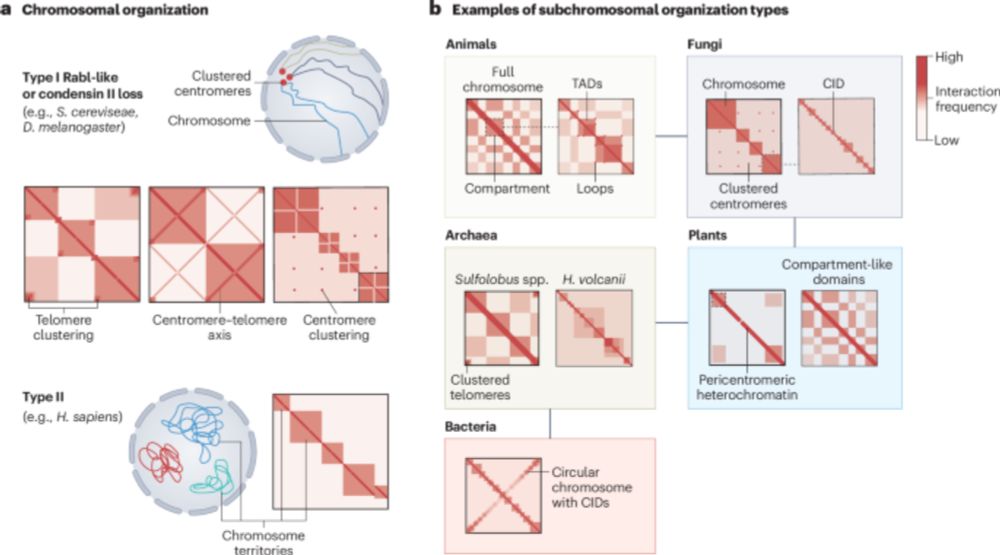

https://buff.ly/3ATRAFT

https://buff.ly/3ATRAFT
Due to a lucky cosmic alignment, the combined gravity of two galaxies bent light like spaghetti & split a distant quasar into six different images. 🧪🔭
www.science.org/content/arti...

Due to a lucky cosmic alignment, the combined gravity of two galaxies bent light like spaghetti & split a distant quasar into six different images. 🧪🔭
www.science.org/content/arti...
rupress.org/jcb/article-...
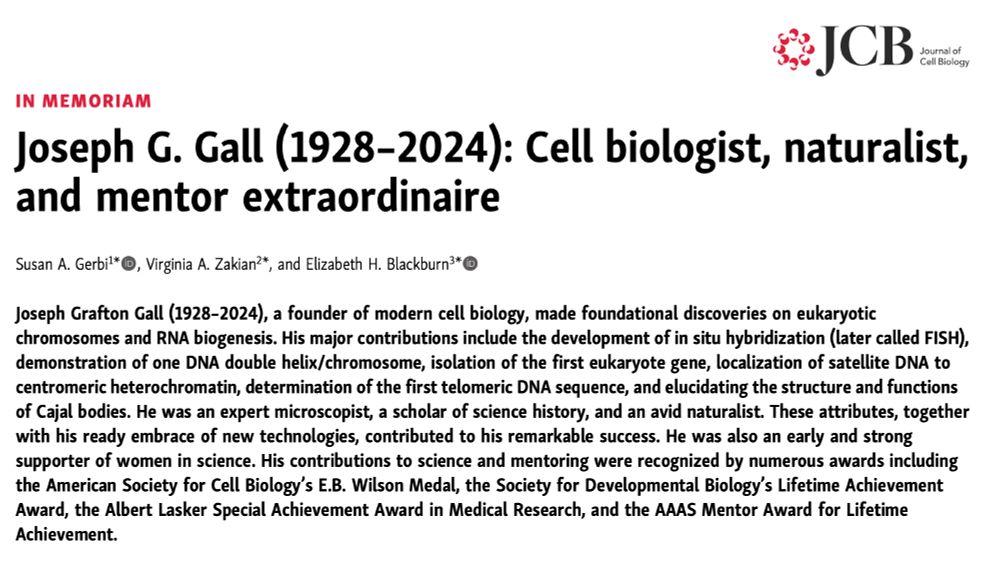
rupress.org/jcb/article-...
doi.org/10.1016/j.cd...
Your sensory neurons don't just dangle out into the world.
They are covered by ECM that selectively transmits forces, tastes, or odors, or focuses light.

doi.org/10.1016/j.cd...
Your sensory neurons don't just dangle out into the world.
They are covered by ECM that selectively transmits forces, tastes, or odors, or focuses light.
www.biorxiv.org/content/10.1...

www.biorxiv.org/content/10.1...


